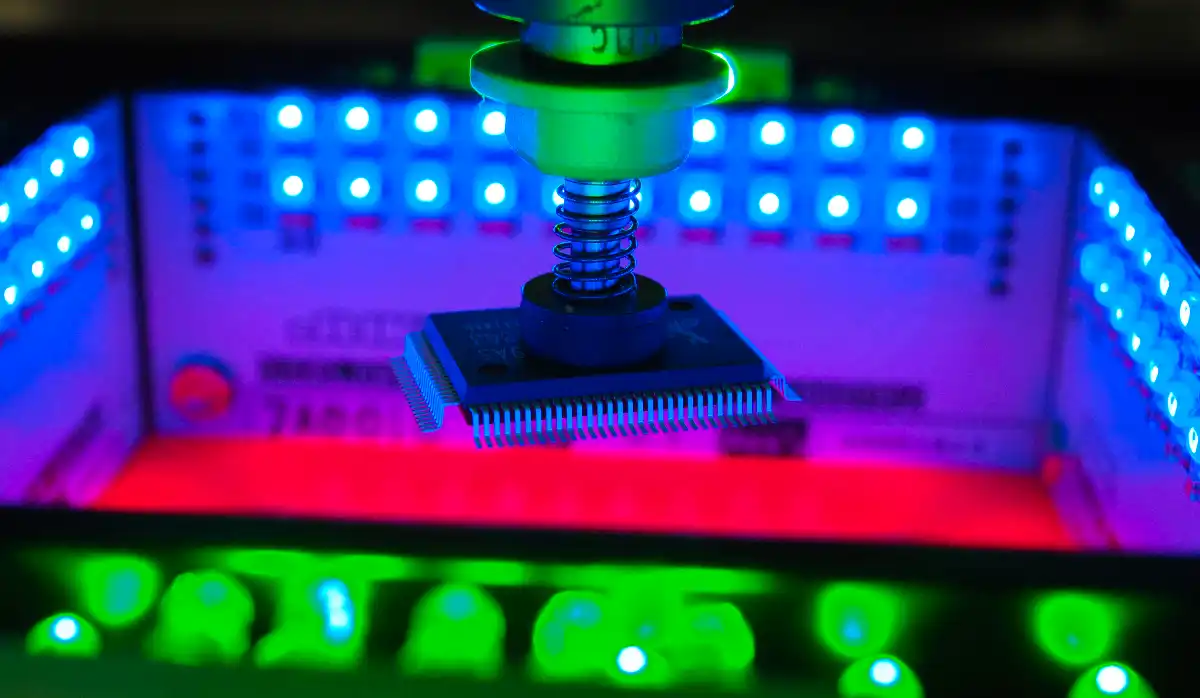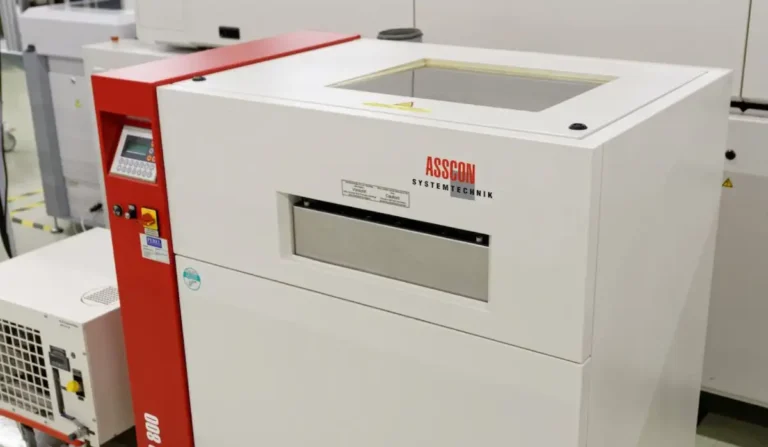The Art of Maximizing Efficiency: SMT Line Downtime and Uptime Explained
Welcome to the intricate world of Surface-Mount Technology (SMT), where every second counts and efficiency is the name of the game. In this blog post, we’ll dive into the concepts of downtime and uptime in SMT lines, exploring their significance and sharing some tips on how to optimize them for maximum productivity.
Downtime: The Silent Productivity Killer
Downtime refers to the periods when the SMT machines are not placing components on circuit boards. These interruptions can be caused by various factors, including:
- Job Changes: Switching from one task to another.
- Technical Issues: Machine malfunctions or software glitches.
- Component Shortages: Running out of necessary parts.
- Breaks: Coffee and lunch breaks for the operators.
Uptime: The Pulse of Productivity
Uptime, on the other hand, is the time when the SMT machines are actively working, placing components on circuit boards. It’s a critical metric measured against the total available working time. For instance, if a company operates two 8-hour shifts and the SMT line is operational for 4 hours, the uptime is calculated as 4h/(8h+8h)=0.25, which translates to 25%.
Striking the Balance: Keeping Machines Busy
The goal in managing an SMT line is to ensure that the bottleneck is always at the machines and not at the operators. Machines are generally more productive than humans, so keeping them busy is crucial. This approach might lead to brief waiting periods for operators, but it’s a small price to pay for overall efficiency.
Boosting Placement Speed: A Few Tricks
Improving the placement speed of SMT machines can be achieved through several strategies, depending on the machine type. Here are a few tips:
Measure takt time: Measure the takt time of each Pick&Place machine on the line. Balance the
line by moving components from the machine with the longer takt time to the machine with
the shorter takt time.
- Measure takt time: Measure the takt time of each Pick&Place machine on the line. Balance the line by moving components from the machine with the longer takt time to the machine with the shorter takt time.
- Optimize Tools: Use adequate pick-up tools for frequently used components.
- Sequence Smartly: Arrange the component pick-up sequence of each Pick&Place machine for optimal efficiency.
- Utilize Fast Detection Methods: Employ the quickest component identification methods and invest in specialized pick-up tools.
Reducing Downtime: Proactive Measures
Minimizing downtime is all about preparation and foresight. Here are some best practices:
- Advance Planning: Organize work sequences to minimize job changes.
- Prepare Components: Keep frequently used components readily available and pre-loaded in feeders.
- Monitor Machines: Regularly check the machines and address potential issues before they cause delays.
- Routine Maintenance: Conduct preventive maintenance to reduce the likelihood of breakdowns.
The Bigger Picture: Why It Matters
Understanding and optimizing downtime and uptime is essential for any company relying on SMT lines. Efficient SMT operations lead to increased productivity, reduced costs, and a smoother workflow, ultimately contributing to the company’s bottom line.
So, next time you hear the hum of an SMT machine, remember the delicate dance of downtime and uptime happening behind the scenes. By keeping these principles in mind, you’ll be well on your way to mastering the art of efficient electronics manufacturing.
For more tips and insights on electronics and beyond, stay tuned to our blog!








One Comment